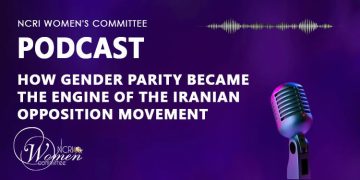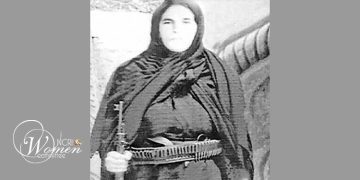On November 15, 2019, a sudden increase in gasoline prices ignited widespread protests across Iran. These demonstrations, known as the 2019 Iranian protests, took place in 191 cities and involved various groups, including the impoverished, unemployed, women, and youth. Their collective rallying cry was directed against the oppressive clerical regime.
The regime’s Supreme Leader labeled protesters as “thugs” and ordered security forces to open fire, targeting heads and hearts, using heavy weaponry, helicopters, and tanks. To stifle news, the regime shut down the internet and disrupted mobile networks during the 2019 Iranian protests.
Over 1,500 people were killed, at least 4,000 injured, and at least 12,000 arrested. On December 3, 2019, Reuters reported, citing officials from the regime’s Interior Ministry, that 400 women were among those killed, with 17 teenagers among the martyrs.
Amnesty International’s report, “Trampling Humanity: Mass Arrests, Enforced Disappearances, and Torture Since Iran’s 2019 November Protests,” documented widespread torture of detainees. Methods included beatings, electric shocks, mock executions, and sexual violence. Protesters and bystanders were violently arrested, forcibly disappeared, held in solitary confinement, denied legal access, and repeatedly tortured to extract confessions. These victims were among the 7,000 men, women, and children arrested by Iranian authorities during the crackdown.
Regime media reported on the “key role of women” and their “Resistance Units” during the 2019 Iranian protests. The state-run Fars newspaper reported on November 20, 2019: “In various locations, especially around Tehran, women, seemingly aged 30 to 35, played a special role in leading the riots… These uniformly dressed women each had separate tasks; one filmed the riots, another blocked the vehicles, and another incited people to join the rioters.”
The state-run Mashregh newspaper also wrote on the same date: “In the recent unrest, the leading role of women has been prominent, with them playing a special role in urging people to engage in subversive acts.”
The bravery and widespread participation of Iranian women in the 2019 Iranian protests were evident in the statistics of female martyrs and their age range during this uprising. From 14-year-old schoolgirls like Nikta Esfandani to courageous young women like Shabnam Diani, Azadeh Zarbi, Mahnaz Mahdizadeh, and mothers with 3 to 6 children like Ameneh Shahbazi, Mina Sheikhi, and Azar Mirza Pour Zahabi.
Iranian women showed remarkable resistance even after their arrests. One of these heroic women, Halimeh Samiri, was martyred under torture. The regime’s guards abandoned her tortured body outside her father’s house in Abadan, southwestern Iran.






















